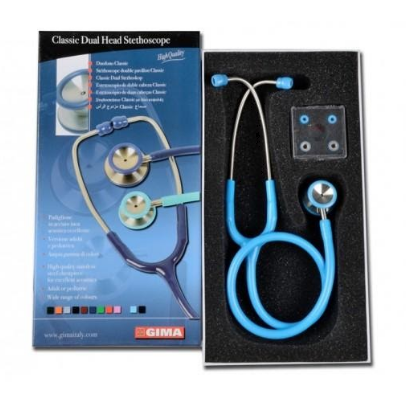
Photo: Unsplash
Today product photography is everywhere. In view of the development of technology and digitalization, it successfully fits into any business , but the business itself has an urgent need for it.
What segments does the healthcare industry cover?
We cannot deny that, on a global scale, the topic of human health and well-being is leading. Many of the businesses in the healthcare industry have been around for a long time and are constantly looking for ways to improve and expand.
Medical supply companies produce and distribute a wide range of items:
- medical supplies
- surgical equipment
- equipment
- Tools and consumables for diagnostics and treatment in healthcare, designed to provide health services by doctors, dentists, veterinarians, clinics, hospitals, rehabilitation centers, laboratories.
- The pharmaceutical industry also occupies a large share in the healthcare industry.
Whether they are manufacturers, traders, specialized suppliers of medical supplies and equipment, a hospital, a dental office or a pharmaceutical company, they must all demonstrate the characteristics, functionalities and benefits of these products. Product photography plays an important role in the deployment and opportunities in this direction.
As a subdivision of commercial photography, product photography in the healthcare industry specializes in illustration of medical devices, equipment, facilities, pharmaceuticals, office furniture, laboratories, people – staff, patients, as well as in promoting services and a healthy way of life.
We find it in websites, e-shops, catalogs, advertisements, brochures, billboards, specialized magazines, etc.
What you need to know about the basic techniques, techniques and tricks in the realization of product photography in the healthcare industry?
To shoot innovative tools, equipment in healthcare, pharmaceuticals, wellness center, large hospital or dental office requires not only appropriate equipment, technical skills for adjustment, but also a precise sense of clear presentation of the object and the message that to have the ability to create an unmistakable interpretation.
Where to start?
- Research of the specific product – First it is important to find detailed information about the product, its specifics, characteristics, application. To determine where it will be positioned and thus to assess what will be the most suitable shots for its presentation .
- Preliminary preparation – Never underestimate the preliminary preparation. Comply with the conditions under which you will shoot and, if necessary, visit the place earlier. Investigate possible obstacles. Predict the time it will take.
If you have the opportunity, organize the space by removing everything that can lead to unwanted complications. Try to get to know the details of the doctors, staff and people you plan to involve so they know what will happen on the day of the photo shoot.
- Additional guidance – Seek advice or guidance from healthcare professionals on what is worth catching and possibly what would be unnecessary.
Types of product personnel in the healthcare industry
In order to be successful, it is important to get to know the audience to which the product images will be directed. In most cases, these will be medical experts , but there will also be ordinary users, such as patients. That’s why it’s important what product shots you will apply.
Various tools, consumables and products usually require white background photos , which are used for presentation on manufacturers’ websites, online stores and catalogs of retailers and specialist suppliers.

Photo: medap.bg
Take a few shots to show different points of view, some individual details and don’t forget the high resolution, with which you will then be able to offer a larger visualization to the user. If there are additional accessories to the product or it is part of a set, be sure to group and include all this.

Photo: medap.bg
In recent years, 360-degree images of tools, equipment, as well as for demonstrating interior solutions in the field of healthcare – dental, wellness offices, hospital rooms, treatment centers, prevention and rehabilitation.
More often for the needs of product photography in the healthcare industry it is necessary to take pictures of equipment – scanners, laser equipment, dental equipment or health furniture – sofas, beds, chairs, strollers, storage cabinets, as well as and a hospital room, rehabilitation center.
In fact, exactly what distinguishes this genre is the environment in which it is shot. Because it’s one thing to take pictures in a studio or outdoors, and it’s quite another to go on the spot to a working hospital or doctor’s office . In such cases, the process is usually carried out on site and is more complicated.
Internal spaces can limit the possibilities for effective implementation. The conditions will always be heterogeneous. For example, if you need to photograph an X-ray machine or an operating room, the room is usually devoid of windows and natural light. You need to provide additional lighting and appropriate equipment to make sure you get the right exposure.
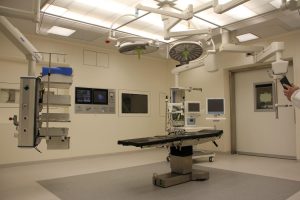
Photo: Unsplash
By means of a set of different angles,

Photo: armedical.bg
detailed shots and lifestyle images you will be able to show the object and its real application. Successful will be shots with which you focused the attention on certain details , you emphasized important characteristics and you managed to convey the advantages in an associative way.
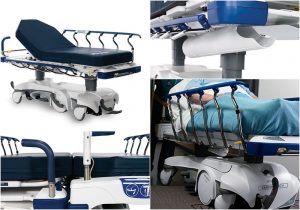
Photo: stryker.com
For various diagnostic tools, monitors and testing or resuscitation equipment – such as aspirators and defibrillators, you can use a white background or contextual images that will be very suitable for demonstration on the web, catalogs and manuals. Of course, for them you can take advantage of the conditions of the photo studio , which will provide you with more freedom and opportunities, especially with the lighting settings.
It is important for pharmaceutical companies to promote their products by contacting specialist suppliers and end users. This is done with the help of product catalog images.
Take for example a pharmacy. In this case, she is a trader. To grow your business effectively, it is especially important to increase your visibility. For this purpose, there will be a need for product staff for an online store and for advertising brochures.
Product packages, individual blisters and bottles, or a combination thereof, are usually photographed. The application is found mainly on a white background and in the context.
Companies in the healthcare industry use product images of nutritional supplements and drugs as part of their marketing strategies, for advertising, and for social media presence.
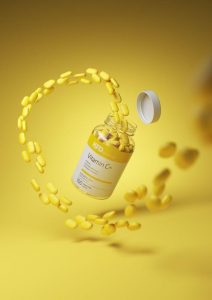
Photo: myweightlossfun.com
How do global brands in the healthcare industry use product photography?
Siemens Healthineers is a leading company in medical technology, focusing on medical imaging equipment – market leader in computed tomography, magnetic resonance imaging, molecular imaging, ultrasound systems.
When we look at the product portfolio on their site, we are impressed by how skillfully they have combined computer-generated images (CGI) and photography to create compelling, photorealistic 3D experiences for their visitors.

Photos: siemens-healthineers.com
In another subsection on the manufacturer’s website, a combined presentation approach is preferred. Combines video, product images in context and photos that include real people (models).
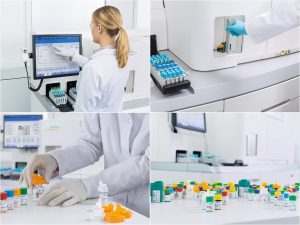
Photos: siemens-healthineers.com
Since its founding in 1886, Johnson & Johnson has become one of the largest and most widely based healthcare companies in the world. Johnson & Johnson operates three separate divisions – medical devices, pharmaceuticals and consumer health products. Johnson & Johnson products are marketed in 57 countries.
We randomly enter one of the product sections and come across a surgical stapler. The first frame we see is common to all products of this type – a group frame on a white background. Then each model is presented separately with a simple frame, again in white, supplemented with infographics and of course video, which visually introduces the user to the application and the capabilities of the product.
https://www.jnjmedicaldevices.com/
